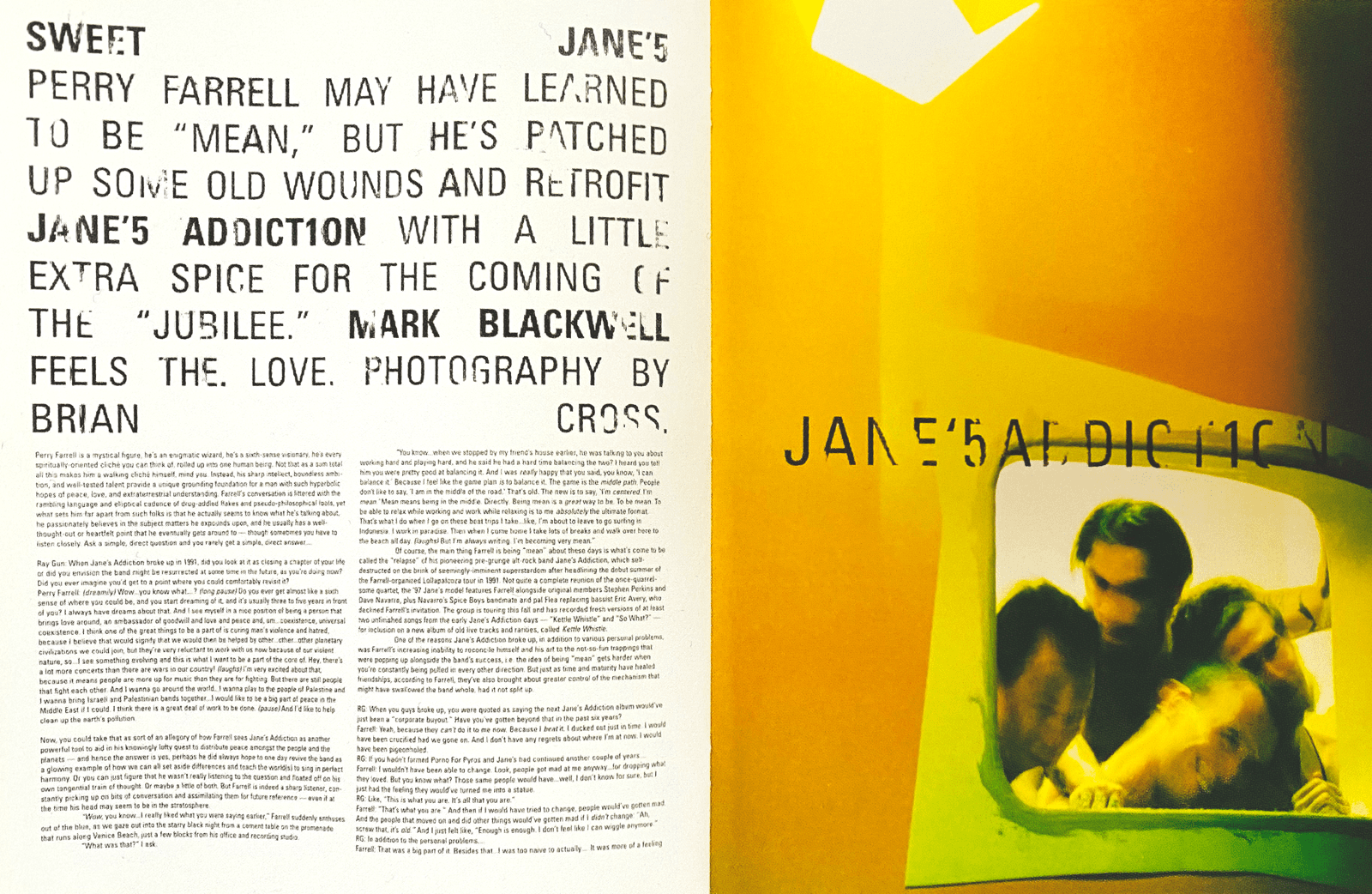The Fiat 500 Cinquecento is a rear-engined, small city car manufactured by Fiat from 1957–1975 in two-door saloon and station wagon styles.
The Fiat 500 (Cinquecento) is a rear-engined, four-seat, small city car that was manufactured and marketed by Fiat Automobiles from 1957 to 1975 over a single generation in two-door saloon and two-door station wagon body styles.
Launched as the Nuova (new) 500 in July 1957, as a successor to the 500 “Topolino,” it was an inexpensive and practical little car. Measuring 2.97 metres (9 feet 9 inches) long, and originally powered by a 479cc two-cylinder, air-cooled engine, the 500 was smaller than Fiat’s 600, launched two years earlier, and is considered one of the first purpose-designed city cars.
In 1949, Fiat released the front engine Fiat 500 economy car to meet the demands of the post-war market. It had a 2-door coupe body with sun-roof, which was later complemented by an Estate version. Both continued until 1954 when they were replaced by an all-new, lighter car. The new car had a rear-mounted engine, on the pattern of the Volkswagen Beetle, just like its bigger brother the 1955 Fiat 600.
Despite its very small size, the 500 proved to be an enormously practical vehicle with large sales throughout Europe. Besides the two-door coupé, it was also available as the “Giardiniera” estate; this variant featured the standardengine laid on its side the wheelbase lengthened by 10 cm (3.9 in) to provide a more convenient rear seat, a full-length sunroof, and larger brakes from the Fiat 600. The new 500’s styling recalls Fiat’s 1957 Fiat 500, nicknamed the Bambino, a model which was designed and engineered by Dante Giacosa with more than 4 million sold over its 18-year span.
Translated from concept to production design under the design direction of Frank Stephenson, the 500 features Dante Giacosa’s 1964 breakthrough front-wheel drive breakthrough layout, which became an industry standard, the layout “adopted by virtually every other manufacturer in the world” for front-wheel drive.
Driven by the tremendous success of the Smart Fortwo, especially in Italy, Fiat began examining a variety of small car concepts “to regain its small-car crown,” developing an “intense interest at producing a Smart (Fortwo) competitor” and concluding that “most customers want more than just the Smart’s two seats.”
The 2004 Fiat Trepiùno concept, from which the 500 derives, was introduced at the 74th Geneva Motorshow, designed at Centro Stile Fiat by Roberto Giolito in a style strongly reminiscent of the original Fiat 500.
